Apple's position on the MacBook Air lineup is always changing.
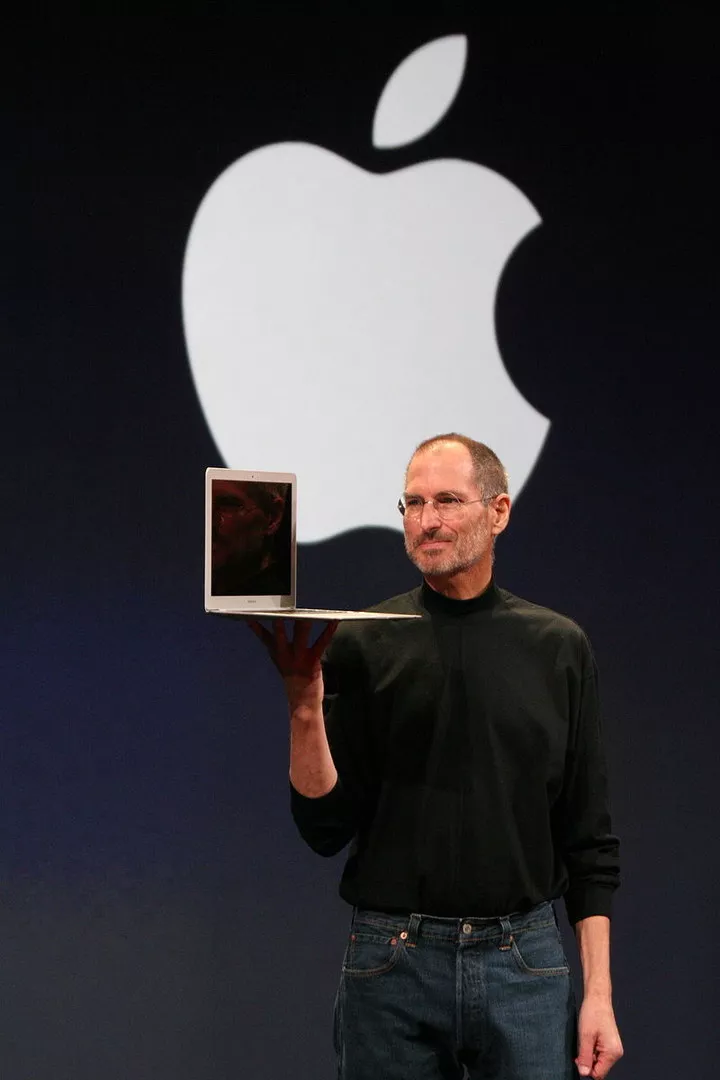
▲ The famous scene of MacBook Air
Known for its thin and light design at its inception, the Air became the 'entry' base model for Apple computers as Retina screens became more popular and the MacBook Pro rose to prominence.
Even though in 2018, Apple redesigned the MacBook Air again with a Retina screen, the positioning was not changed.

The Air is still the 'affordable' Mac.
Until this year (2022), the MacBook Air changed design again, ditching the classic 'wedge' design in favor of a design similar to the MacBook Pro.
In theory, the new MacBook Air is still Air enough and slightly less powerful than the new MacBook Pro, but it's no longer positioned as an 'entry' model.

The burden of getting the M chip to the old molded MacBooks, and the new MacBook Air and Pro make up Apple's new MacBook line.
If the MacBook Pro focuses on practicality and professionalism, the no-longer-affordable MacBook Air begins to lean toward "style," or "looks.
The biggest change is the design, not the M2
Similar to iPad Air, the new MacBook Air comes in Starlight and Midnight colors. It's not quite as colorful as the iMac, but it's still recognizable from the Pro line.
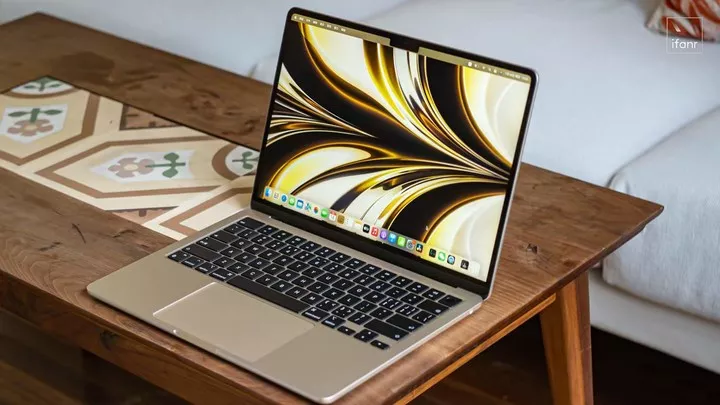
Using different colorways for different product lines is something Apple has always done.
For example, in the Pro sequence, a color scheme with technological attributes like gray and black is usually used, while in mass-oriented products, colorfulness is favored to show the vibrancy of the product.
After seeing the new design of the MacBook Air, many people thought that the lack of continuity of the "wedge" design took away the soul of the Air.
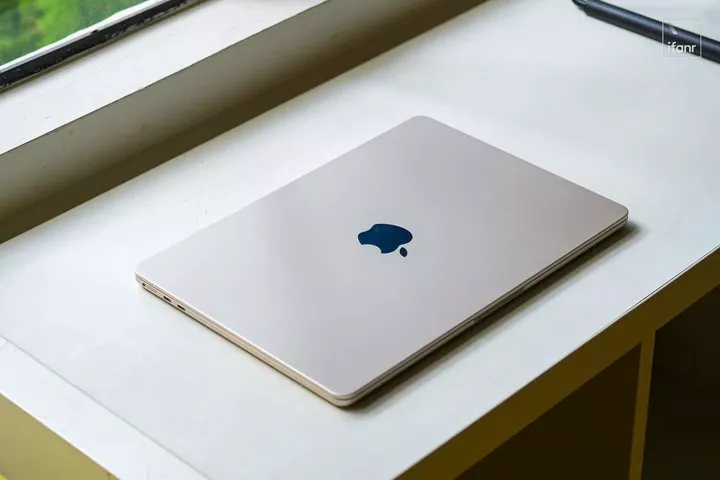
It's not. With the full shift to M chips, the design language of the MacBook line is less aggressive and more practical, and that's true of the new Air.
The "uniform" design style gives MacBook Air more internal space, so the battery doesn't have to be stepped for a wedge shape.
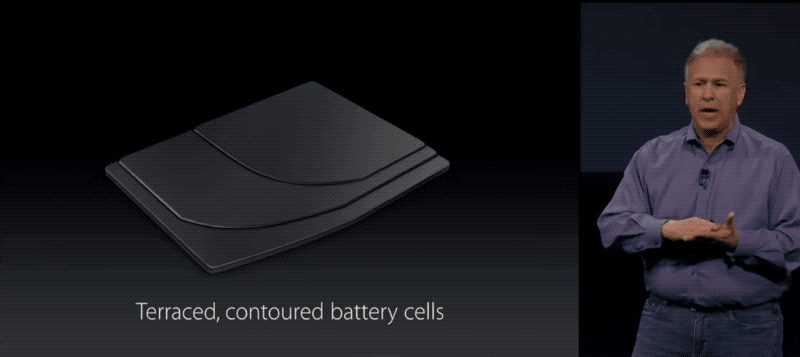
As a result, the new MacBook Air has a higher battery capacity than its predecessor, and its internals have been made neater and simpler.
Unlike the M1 Pro/Max MacBook Pro, where the M1 MacBook Air is still a combination of a new chip and an old mold, the M2 MacBook Air is a combination of a new chip and a new design.
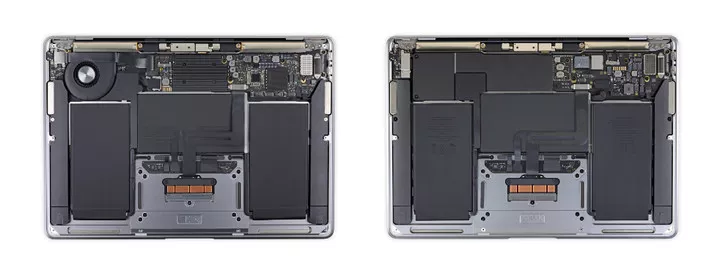
▲ Left: Intel version of MBA, Right: M1 MBA Image from: ifixit
Inside the M1 MacBook Air, Apple has replaced the spot originally reserved for a fan with a cooling fast, and the other side is attached to the M1 SoC via silicone grease, which has limited cooling efficiency but is still a reasonable cooling configuration.
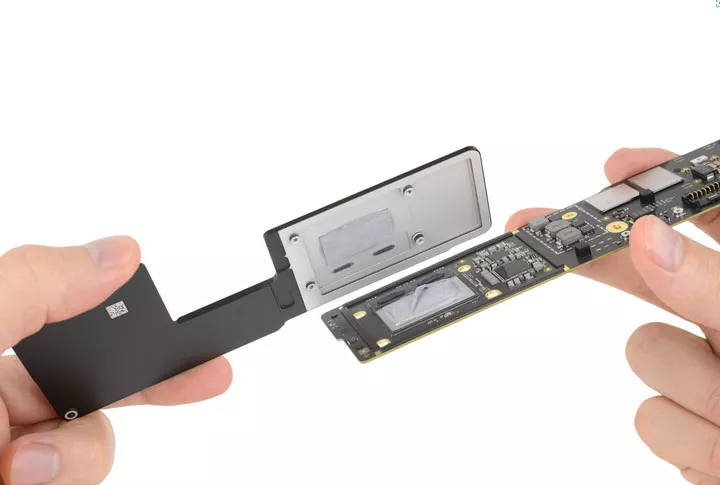
▲ M1 MacBook Air's cooling block Image from: ifixit
In particular, the M1's energy efficiency ratio was much higher than what was understood at the time for PC chips, and the performance of the original Intel chips was really weak.
By the time you get to the M2 MacBook Air, the theory is that the more spacious space will have a more rigorous layout and design.

▲ Much like the iPad Image from: MaxTech
And with YouTube blogger Max Tech taking it apart, the M2 MacBook Air is quite similar to the iPad in terms of how it's put together and its cooling configuration inside.
The motherboard consisting of the SoC, memory and hard drive only takes up a small portion of the motherboard, with the vast majority of the space being taken up by the battery.

To be sure, similar to the iPad Air 5 and iPad mini 6, the battery features an easy-to-repair, easy-to-replace adhesive configuration.
The motherboard is shielded and passively cooled by a thin layer of metal, and the SoC is indirectly in contact with it via silicon grease.
If this cooling design is standard for iPad, it's a bit "spartan" when put on a PC.
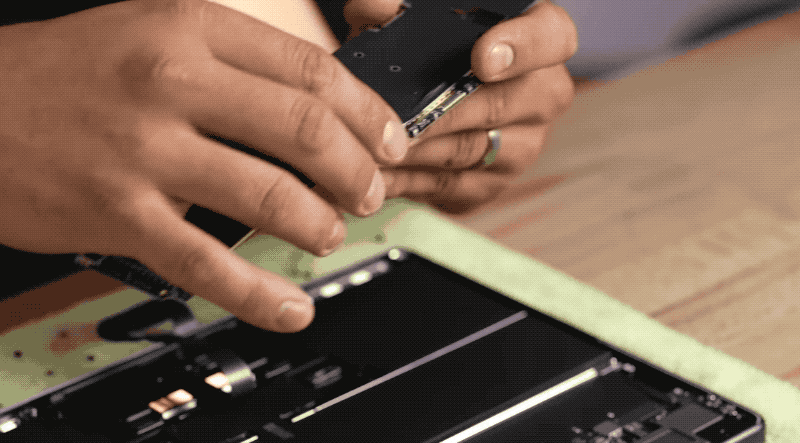
You could even say that the M2 MacBook Air has taken a step backwards in terms of cooling configuration compared to the M1 MacBook Air's cooling block.
There is no denying that the M chip has an excellent power efficiency ratio compared to traditional x86 chips. It has lower heat generation in light to medium duty conditions, and completes Apple's idea of abandoning the "fan".
It's just that on the M2 MacBook Air, the spartan cooling setup takes the performance boost out of the M2.
Some reverse escalation is in order
Among comparisons with the M2 MacBook Pro, the M2 MacBook Air has greater temperature fluctuations, with a clear cycle of heat buildup, downscaling and heat buildup again.
MacBook Air's speed continues to drop when you do heavier tasks for longer periods of time.
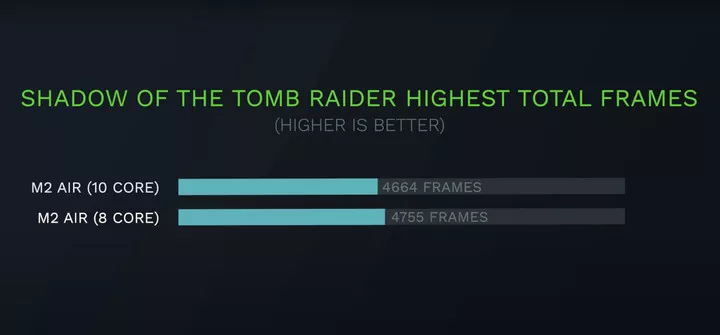
▲ Image from: GregsGadgets
Even when compared to yourself, there is still a significant gap.
The new MacBook Air comes in two M2 SoCs - an 8-core CPU paired with an 8-core GPU in the base version, and a 10-core GPU in the premium version.
In GregsGadgets' test, the base 8-core GPU slightly outperformed the premium 10-core GPU in the same Tomb Raider game, due to poor cooling, which caused the 10-core The reason for this is poor cooling, which allows the 10-core GPU to have more heat build-up, and then quickly go into a slowdown phase.
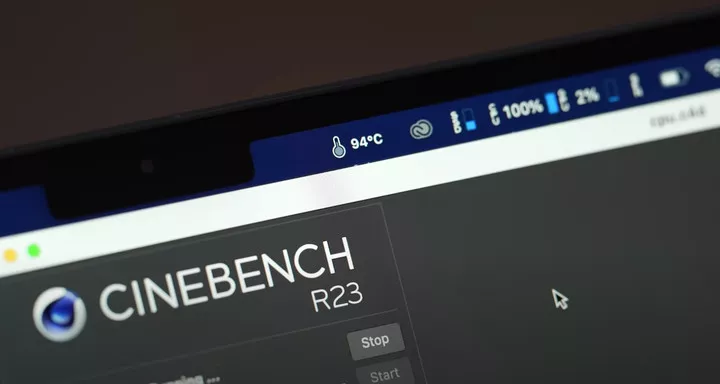
In addition, the M2 MacBook Air's CPU dropped from 3.2GHz to 2.65GHz and core temperatures spiked to 94°C under MaxTech's extreme operating conditions with continuous CineBench R23 runs.
Likewise, the GPU experienced the same in multiple rounds of 3D Mark, with the lowest frequency coming in at 900MHz, which is not too far off the initial 1398MHz base frequency.
It's not just these intense score tests, but the new MacBook Air has likewise experienced degradation from poor cooling in many external media and in our own testing and use.
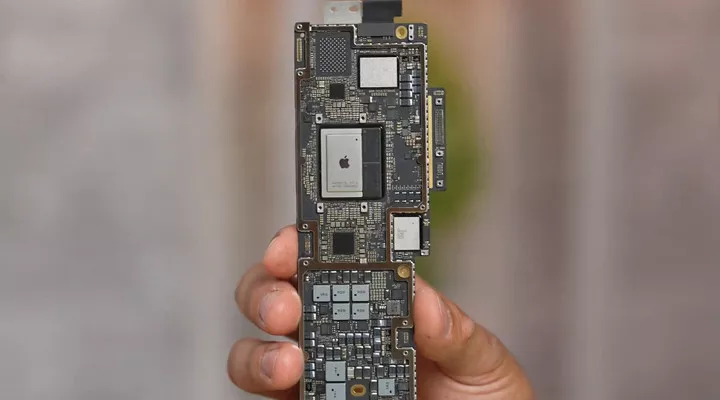
▲ Same as M2 MacBook Pro, still single NAND particle Image from: MaxTech
On top of that, the same SSD slowdown that exists in the base M2 MacBook Pro is also present in the new MacBook Air 256GB version.
Whichever way you look at it, the thin and light nature of the new MacBook Air is a trade-off for consistent and stable performance release. It's better suited to light office situations, and even more bluntly, the new MacBook Air is more like a netbook.
The MacBook Air's positioning is starting to lean towards 'stylish' and based on its performance.
A bias toward fashion makes the new MacBook Air a narrower audience
Throughout Apple products, it would be the first generation of Apple Watch that carries the fashion label.

▲ 2014 Apple Fall Launch Venue Photo from: CBS
For the launch, unlike traditional tech products, Jony Ive invited celebrities from the fashion world to join him and spent a lot of money building a pristine white building at the Flint Center for the Apple Watch.
Subsequently, the Apple Watch also appeared frequently in fashion magazines and co-branded bands with major luxury brands.
At the time, the Apple Watch was more of a trendy accessory on the wrist, and Jony Ive wanted it to be a shock to the traditional Swiss watch industry.
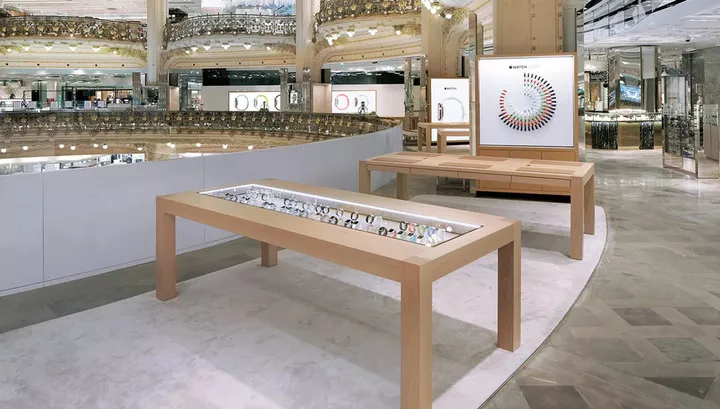
And then Apple started setting up Apple Watch counters in high-end department stores in France and the UK, in an effort to gradually break into the boutique market itself.
It's just that the first generation of Apple Watch wasn't much different from anything else on the market in terms of functionality, and the so-called 'boutique' strategy didn't convince the masses to spend it.
A year later with the Apple Watch Series 2, Apple also began to position the Apple Watch with a practical orientation to exercise, health monitoring, and more, which continues to this day.

Today, the Apple Watch continues to be health-oriented, evolving from heart rate in its infancy to a range of personal health assistants such as blood oxygen, ECG, and sleep monitoring.
The Apple Watch has become one of the most essential devices in many people's lives today. And the shift in Apple Watch's positioning is a twist that has made it so successful today.
With the Mac's full shift to its own M chips (especially with the performance of the M1 MacBook Air), it seems Apple has finally found a balance between thinness and performance that doesn't lose most of its performance to excessive thinness.
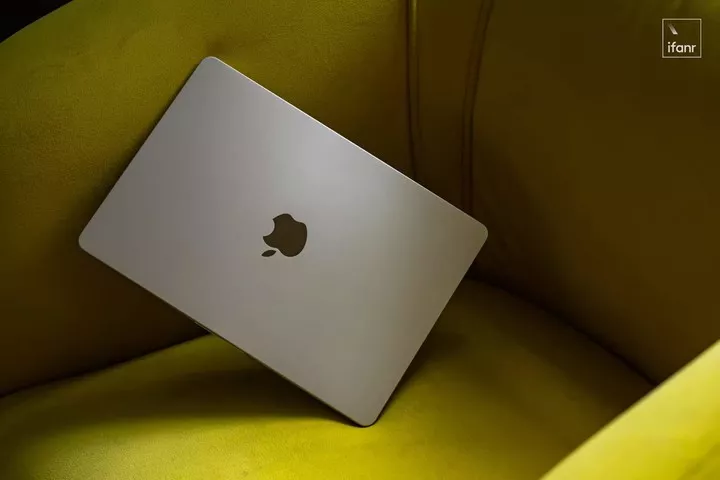
But in the M2 MacBook Air, with its weak cooling features, it seems to be back to the old ways of giving up a lot of performance in the pursuit of thinness and lightness, even though the M2 has a far better power efficiency ratio than the Intel chip.
In this way, the M2 MacBook Air is more of a cosmetic design change than a two-way upgrade that takes advantage of the power efficiency of the M chip.
The M2 MacBook Air is also positioned somewhat similarly to the first Apple Watch in that they are more trendy and stylish than functional, a position that will likely remain with the M-chip MacBook Air.